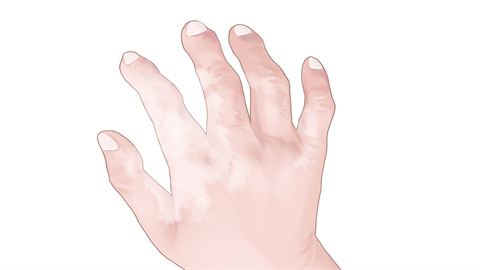What should I do if a white patch suddenly appears on my finger?
Generally, a sudden white patch on a finger may be caused by dry skin, ischemia, depigmented patches, tinea versicolor, vitiligo, or other reasons. The solution depends on the specific cause to achieve therapeutic effects. It is recommended to seek medical attention promptly and follow medical advice for treatment. Details are as follows:

1. Dry skin: In dry seasons such as autumn and winter, the skin may become dry, flaky, and cracked, forming white scaly patches on the fingers, presenting as dry and flaking skin on the fingers. It is recommended to use moisturizing products, drink plenty of water, and keep the skin hydrated.
2. Ischemia: External pressure on the fingers can lead to insufficient local blood supply, especially ischemia of the capillary network at the extremities, which can result in white patches. Usually, no special treatment is required. It is recommended to frequently massage the hands and apply warm compresses with warm water to promote blood circulation.
3. Depigmented patches: Certain injuries or chemical factors may cause depigmented patches during skin healing, due to damage or loss of melanocytes during the healing process, presenting as white patches on the fingers. Under a doctor's guidance, anti-inflammatory medications such as fluticasone propionate cream, hydrocortisone butyrate cream, or tacrolimus ointment may be used.
4. Tinea versicolor: This condition is caused by fungal infection, commonly by Malassezia. When the fingers are infected with Malassezia, it can cause white patches on the skin with unclear borders, rough surface with scales, and possible itching. Follow medical advice to use antifungal medications such as miconazole nitrate cream, clotrimazole cream, or compound ketoconazole cream.
5. Vitiligo: This is a skin condition that may be related to deficiencies in trace elements, autoimmune factors, etc. It causes loss of skin pigmentation, forming white patches on the fingers. The white patches are usually milky white, with clear borders, smooth surface without scales, and no pain or itching. Follow medical advice to use medications such as halometasone cream, mometasone furoate cream, or pimecrolimus cream, which can help reduce inflammation and itching.
Maintain good daily habits and dietary habits in daily life to enhance overall immunity.







